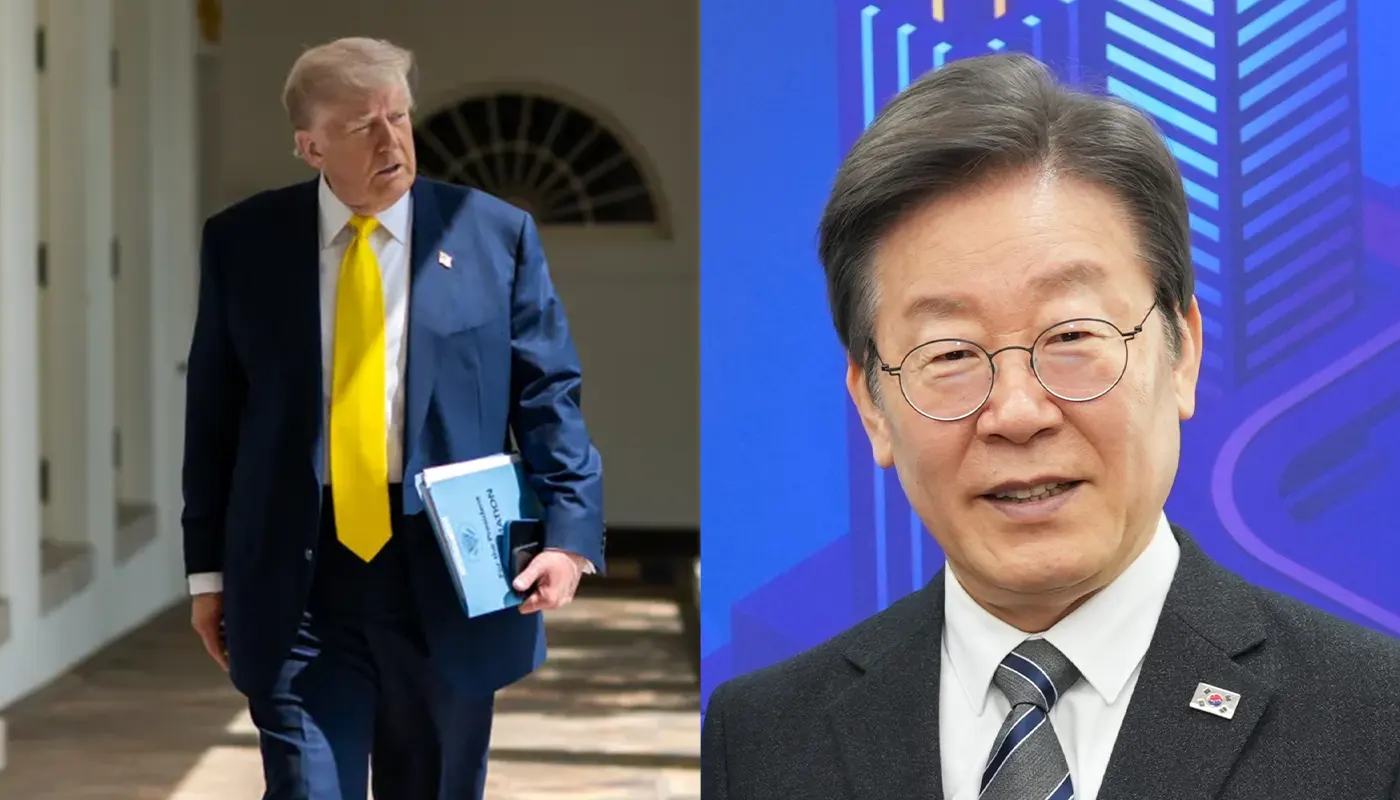SEOUL — U.S. President Donald Trump announced a “full and complete trade deal” with South Korea on July 30, narrowly averting a looming tariff crisis as steep tariffs were set to take effect on August 1.
Under the agreement:
- South Korean imports to the U.S. will be subject to a 15% tariff, down from the previously threatened 25%.
- U.S. exports to South Korea—including autos and agricultural products—will face no new tariffs.
- South Korea committed to $350 billion in U.S.-controlled investments, targeting strategic sectors, plus $100 billion in U.S. energy purchases over the next 3.5 years.
South Korean President Lee Jae Myung welcomed the deal, noting it eliminated trade uncertainty and positioned tariffs on par with those applied to Japan and the European Union.
Key Provisions & Economic Implications
- Of the $350 billion investment, $150 billion is earmarked for shipbuilding, with the remaining $200 billion allocated to semiconductors, biotech, nuclear, and battery technology sectors.
- The coalition maintains existing high tariffs on South Korean steel, aluminium, and copper, with no relief included in the new deal.
- Automotive trade gains favourable terms: South Korean cars will carry a 15% tariff instead of the prior 25%, while U.S. vehicles will enjoy tariff-free access to South Korean markets.
Analysts at the Centre for Strategic and International Studies describe the deal as mutually beneficial but note that essential implementation details—including investment mechanisms, binding terms, and energy sourcing specifics—remain vague.
Broader Strategic Context
The agreement is part of Trump’s broader “Liberation Day” trade strategy, under which a 10% baseline tariff and higher reciprocal tariffs on key trading partners were set to begin on August 1. Bloomberg‑style trade diplomacy gave countries like South Korea opportunities to secure concessions before fees increased further.
Financial markets responded immediately. General Motors stock rose 2.4% on the news, as the reduced tariff environment alleviated pressure on U.S. auto imports and overall trade uncertainty.
South Korea’s KOSPI index initially climbed but slipped later after global equities sold off amid broader tariff concerns.
Significance & Next Steps
For Washington, the deal is a political win—bringing in massive foreign investment, opening markets for U.S. goods, and retaining leverage in trade diplomacy. For Seoul, securing the 15% tariff cap on auto exports and pending U.S. presidential invitations offers diplomatic and economic positioning, while protecting key domestic industries like rice and beef from U.S. pressure.
The agreement’s formal details are expected to be unveiled during South Korean President Lee’s upcoming White House visit within two weeks, where both leaders hope to formalize frameworks and clarify investment guidelines.
Source: News Agencies




